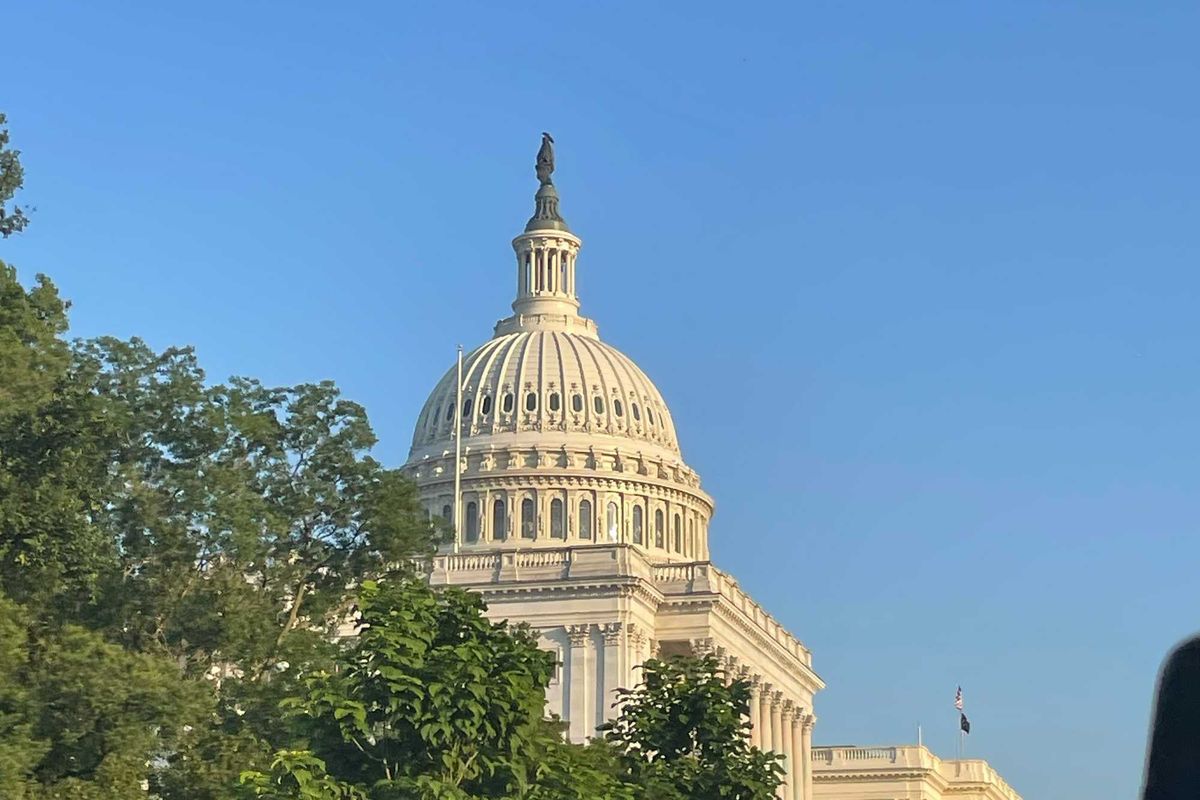The Fulcrum strives to approach news stories with an open mind and skepticism, striving to present our readers with a broad spectrum of viewpoints through diligent research and critical thinking. As best we can, we remove personal bias from our reporting and seek a variety of perspectives in both our news gathering and selection of opinion pieces. However, before our readers can analyze varying viewpoints, they must have the facts.
There’s been a lot in the news lately about healthcare costs going up on Dec. 31 unless congress acts. What are the details?
The enhanced health care premium tax credits (ePTCs) are set to expire at the end of 2025 unless Congress acts to extend them.
What is the breakdown of what they are and who benefits?
Premium tax credits are subsidies created under the Affordable Care Act (ACA) to help people afford health insurance purchased through the ACA marketplaces. They reduce the monthly premium cost based on your income and household size.
- Original ACA credits: Available to people earning between 100% and 400% of the federal poverty level.
- Enhanced credits (ePTCs): Introduced in 2021 via the American Rescue Plan and extended through 2025 by the Inflation Reduction Act. These:
- Made coverage free or nearly free for those under 150% of the poverty level.
- Removed the 400% income cap, allowing middle-income earners (e.g., up to $128,600 for a family of four) to qualify.
- Capped premiums at 8.5% of household income for higher earners.
Who gets these credits?
- Low-income individuals and families: Those earning between 100%–150% of the federal poverty level often pay $0 for benchmark plans.
- Middle-income earners: Previously excluded, now eligible if they earn above 400% of the poverty level.
- Self-employed and small business owners: Especially benefit if they don’t have access to employer-sponsored coverage.
What happens if they expire?
- Premiums could double for many enrollees in 2026.
- Millions may drop coverage due to affordability issues.
- Insurers are already planning rate hikes, anticipating a drop in healthy enrollees and a rise in average claims costs.
What is the impact depending on income level?
- Income $14,580–$21,870 (100%–150% FPL) – Current Premium: $0 – New Premium if Credits Expire: $387/year
- Income $21,870–$29,160 (150%–200% FPL) – Current Premium: ~$160/year – New Premium if Credits Expire: $905/year
- Income $29,160–$36,450 (200%–250% FPL) – Current Premium: ~$1,033/year – New Premium if Credits Expire: $2,615/year
- Income $36,450–$58,320 (250%–400% FPL) – Current Premium: Capped at ~8.5% of income – New Premium if Credits Expire: $1,400/year (varies by state)
- Income above $58,320 (>400% FPL) – Current Premium: ~$2,900/year (with credits) – New Premium if Credits Expire: Full cost of benchmark plan (often $3,000+ increase)
What are the arguments by Republicans for allowing the credits to expire?
- COVID-era spending should sunset: Many Republicans argue that the enhanced credits were part of emergency pandemic relief and should not be made permanent without broader reform. As Rep. Jen Kiggans (R-VA) put it, “It is time to end all COVID-related incentives,” though she also acknowledged the need to protect families from sudden cost increases.
- Opposition to expanding Obamacare: The enhanced credits were created and extended through Democratic legislation (American Rescue Plan and Inflation Reduction Act), which Republicans opposed. Some view extending these subsidies as entrenching a policy they’ve long sought to repeal or reform.
- Need for structural reform: Fiscal conservatives argue that the ACA subsidies distort the insurance market and should be revisited holistically. Sen. John Cornyn (R-TX) said, “I think in all likelihood, they need to be reformed. But this is an overreach to try to do this on a permanent basis.”
What are Democrats’ arguments on why it is wrong to allow the credits to expire?
- Coverage Loss and Rising Uninsured Rates: Democrats warn that millions of Americans would lose coverage or face unaffordable premiums. The expiration would disproportionately affect working families, older adults, and communities of color. Sen. Ron Wyden (D-OR) called it “a recipe for disaster for families who are already stretched thin.”
- Middle-Class Protection: The enhanced credits removed the income cap, helping middle-income earners afford coverage for the first time. Democrats argue that reversing this would punish people who earn just above the poverty threshold but still struggle with high premiums.
- Moral and Equity Imperative: Many Democrats see health care as a right, not a privilege. Sen. Elizabeth Warren (D-MA) said, “We should be expanding access to health care, not ripping it away from millions of Americans.”
- Political Accountability: Democrats argue that Republicans are playing politics with people’s lives by refusing to extend the credits. They point out that the credits were popular and effective, and letting them expire would be a deliberate choice to increase hardship.
- Cost of Inaction: The Congressional Budget Office (CBO) estimates that premiums could double for some enrollees. Democrats argue that the fiscal cost of increased uninsured rates and emergency care far outweighs the cost of maintaining the credits.
What is the impact on the deficit if the credits are allowed to continue?
The CBO has estimated an increase of $350 billion to the deficit. There are possible offsetting factors that are not included in the deficit score, such as lower uncompensated care costs for hospitals, improved public health outcomes, and increased labor market participation due to coverage stability, but there is no way of determining the extent of any savings.
Have Democrats offered any suggestions to address the deficit issues?
Democrats and health policy allies are offering suggestions to offset the projected $350 billion cost of permanently extending the enhanced ACA premium tax credits, though formal negotiations remain politically stalled. Some of the proposals are:
- Targeted Eligibility Limits: Scale back eligibility from the current uncapped income threshold to a ceiling like 600% of the federal poverty level (about $200,000 for a family of four).
- Progressive Phase-Out Model: Extend full subsidies only up to 300% of poverty, then gradually phase out assistance for higher incomes.
- Smaller Alternative Subsidy Formula: Set new subsidies halfway between the original ACA formula and the enhanced version.
- Health System Reforms as Offsets: Democrats and budget experts have floated ideas like prescription drug pricing reforms, site-neutral payment policies, Medicare Advantage payment adjustments, and reducing waste and fraud in ACA enrollment systems.
David Nevins is publisher of The Fulcrum and co-founder and board chairman of the Bridge Alliance Education Fund.




















